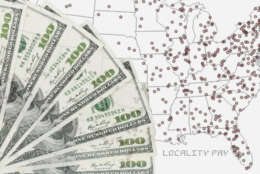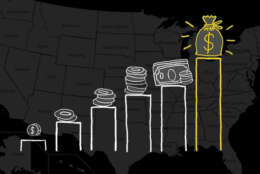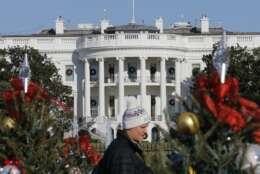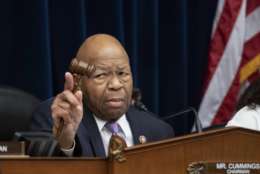locality pay
-
Capped pay rates went up in 2020, but salary compression is real for an ever-expanding group of federal employees within certain locality pay areas.
January 01, 2020 -
In today's Federal Newscast, new regulations to implement the paid parental leave law for federal employees are in the works.
December 30, 2019 -
The president's pay agent, a group composed of the Labor secretary and directors of the Office of Personnel Management and Office of Management and Budget, say the methodology behind federal locality pay doesn't make sense -- and hasn't made sense since its creation.
December 27, 2019 -
Actual 2020 raises for civilian employees will range from 2.85% to 3.52%, depending on where they work. Check out the 2020 locality pay rates OPM has released to see where you land.
December 27, 2019 -
The executive order implements 3.1% military pay raise on Jan. 1. Civilian employees will see similar increases in their first 2020 paycheck.
December 26, 2019 -
White collar federal civil servants are on track to get a 3.1% pay raise next year — the largest in a decade for 1.2 million civil servants.
December 20, 2019 -
The Senate has sent two minibus spending bills to the president's desk for his signature. President Donald Trump must sign both by Friday to avoid a second government shutdown in 2019.
December 19, 2019 -
A 3.1% federal pay raise is a key feature of one of two "minibus" spending bills, which congressional appropriators unveiled Monday evening. Both the House and Senate are expected to quickly vote on both this week before Friday's funding deadline.
December 16, 2019 -
In today's Federal Newscast, two lawmakers want to even the playing field for hourly wage workers and General Schedule employees who work in the same location.
December 13, 2019 -
As several states and local governments have raised their minimum wages well past the federal rate of $7.25 in recent years, the Office of Personnel Management said it's received many questions how these changes might impact federal employees.
November 27, 2019 -
The Federal Salary Council is still debating a series of controversial changes to the methodology currently used to set federal employee locality pay.
November 05, 2019 -
It's very likely, especially if you haven’t changed plans in the past few years or are retired, that you are paying more in premiums than necessary.
October 08, 2019 -
Monday’s column got the attention of a lot of readers, especially those at the top step of the top grade — GS-15. Unfortunately, says Mike Causey, the explanation was mostly wrong.
September 24, 2019 -
Given that 2020 is a critical election year, and the number of federal workers in many congressional districts, any federal pay raise is a big deal.
September 19, 2019 -
Earlier this year, the chances of both (or either) a federal pay raise and a separate cost of living adjustment for retirees were hovering somewhere between slim and slimmer. The president called for a zero…
September 13, 2019













